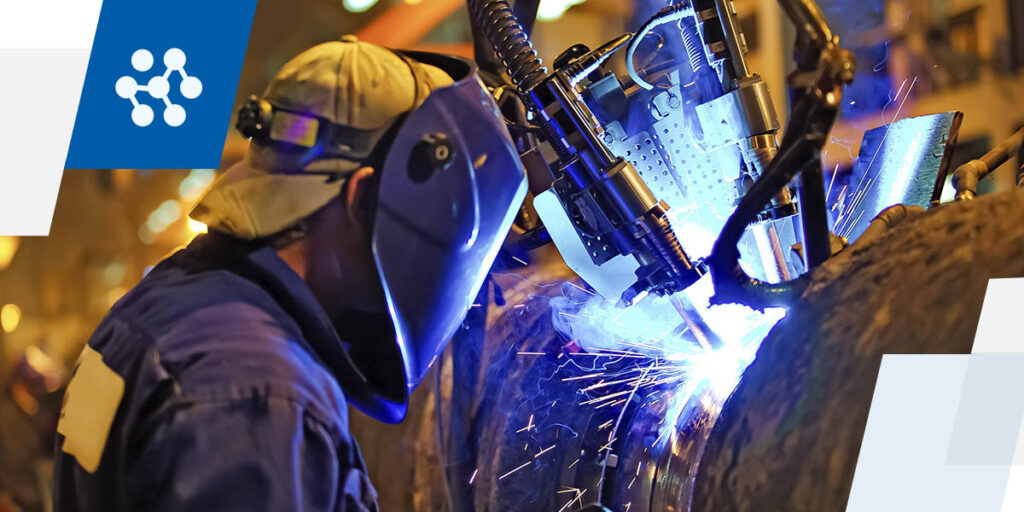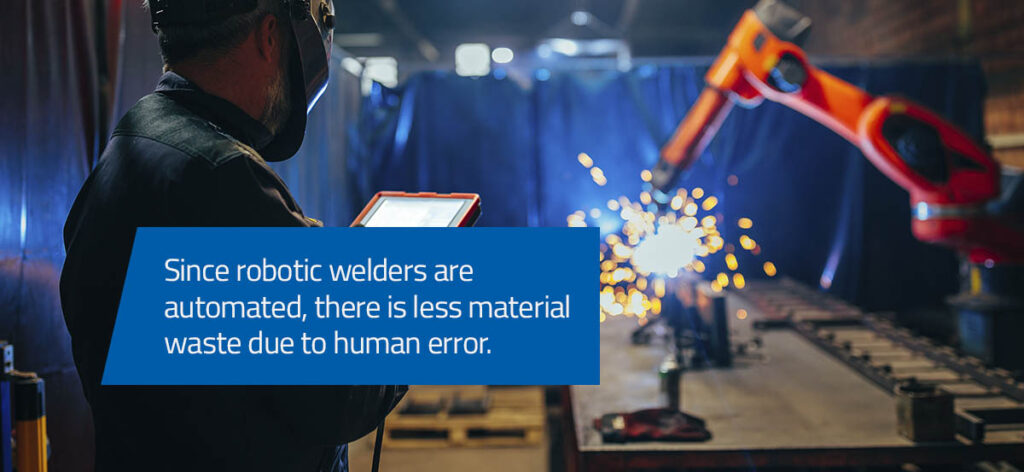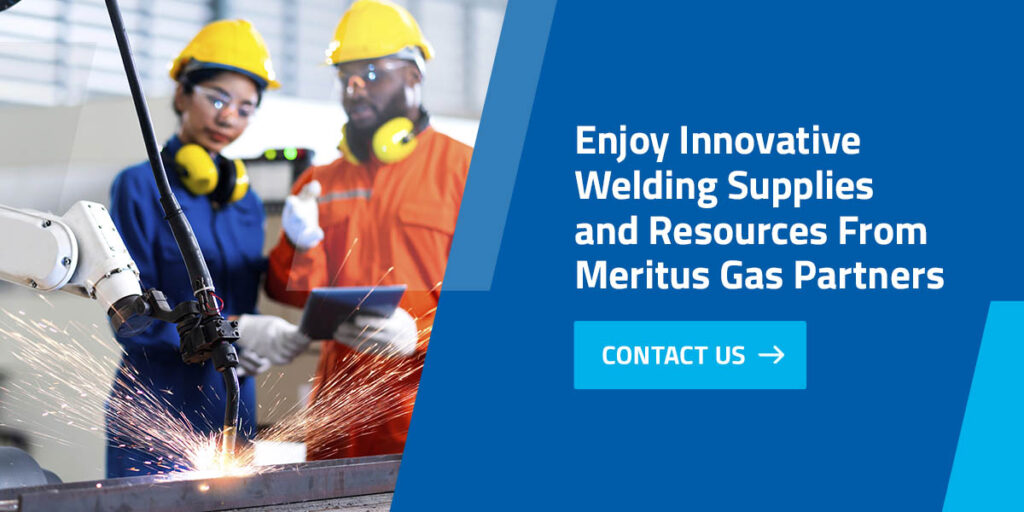

Welding is not a new industry. In its crudest form, welding has been around since the Bronze Age, and gas welding and cutting developed in the late 1800s. As we have seen across sectors, technology has changed the face of many industries — including welding.
Thanks to the innovations made by individuals and companies over the past several decades, the future of welding is bright. New welding technology means welding is more relevant and crucial in various business spaces, from construction to aeronautics.
Welding of various forms has been essential throughout the ages. Archeologists have found metal weapons and utensils dating back thousands of years, and iron smelting was one of the earliest common welding techniques.
In the late 1800s, Sir Humphry Davy used a battery with carbon electrodes to produce an arc, and once the electric generator was invented, arc lighting took off. These innovations led to the development of gas welding and cutting. In 1881, Auguste de Meritens was awarded a French patent for the first welding process.
As electricity became more commonplace, welding equipment and techniques could evolve. This was important at the onset of World War I when welding became a necessity for producing military weapons and equipment. After the war, the necessity shifted from war to industry, and welding grew to resemble the craft we know today.
Welding is still a high-demand occupation — the industry’s market size is expected to grow to over $34 billion by 2030. Today’s market is flooded with construction work, advances in manufacturing and infrastructure projects. At the same time, an aging workforce has led to a shortage of skilled welders in the United States, creating even more job demand.
Additionally, new technologies are leading to an increase in welding opportunities. Innovative technology allows welding to be more precise, efficient and consistent so that welders can produce quality workpieces that industrial companies can rely on.
Technology and industry continue to grow rapidly, and it is exciting to think about the technology we have now and what this means for the future of welding. Some current and future innovations in welding include:
There is concern that technology will make careers like welding obsolete. Robotics have revolutionized manufacturing and other industrial processes by automating many tasks.
Thankfully, in industries using robotic welding, the technology is primarily meant as a collaborative effort — not an attempt to replace skilled human welders. Robotic welding comes with its own set of pros and cons:

In a world where technology makes the most extraordinary things possible, it may be surprising to discover that robotic welders fall short of the capabilities humans bring to the industry. Cobots are meant to complement human welders. They cannot solve complex problems and lack the dexterity required for intricate welding projects.
Some tasks that are hard or impossible for robotic welders to do include:
Additionally, even if robots become more intuitive and dexterous, human input is still required to program the robots and inspect the quality of automated welds.

The future of the welding industry incorporates new welding technology that makes the workplace safer, more innovative and more efficient. Using robots for mundane tasks frees up human professionals to focus on the intricate and creative aspects of welding, including problem-solving and delicate welds.
At Meritus Gas Partners, our partners are reputable distributors who provide premium gas and welding supplies, services and resources, including automated cutting and welding supplies. Each of our partner businesses offers innovative solutions that streamline your welding projects. You can count on our partners for reliable services and quality welding equipment.
Feel free to visit any of our branches for your welding needs or contact us today to learn how you can stay informed about welding industry advancements.